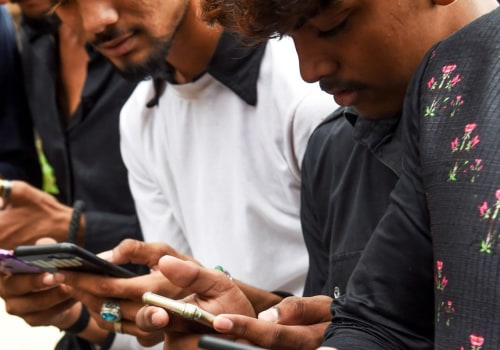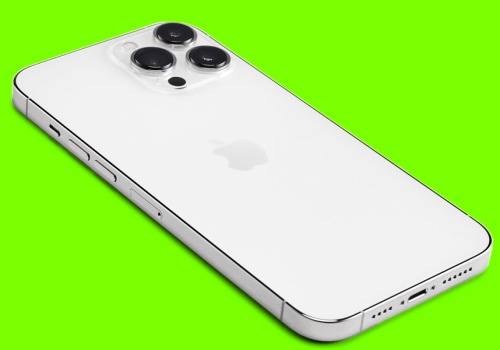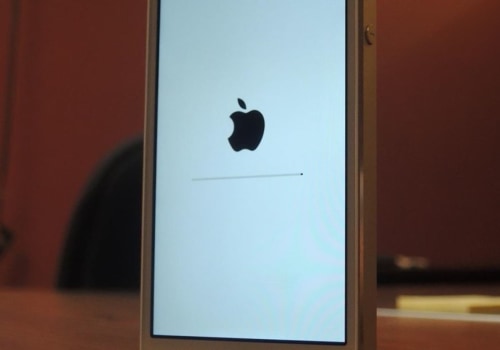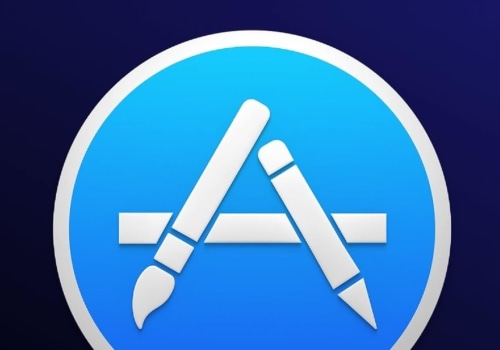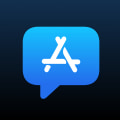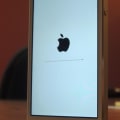Are you looking for ways to install apps on your iPhone? You've come to the right place! In this comprehensive guide, we'll discuss the different ways you can install apps on your iPhone, from the official App Store to third-party app stores and manual installation. The official way to install apps on your iPhone is through the App Store. On your iPhone or iPad, open the App Store app and browse the Today, Games, Apps, or Arcade tabs to find the apps you like. You can also tap the Search tab to search for something specific.
Another way to install applications that haven't been published in the Apple App Store is to use a program called TestFlight. This is much more reliable than jailbreaking, and is officially approved by Apple, although it's unlikely you'll ever find it unless you're looking specifically for it. TestFlight is a tool for developers to test beta versions of their applications before they are formally released. If you're looking for something a little different from the official iOS app store, look no further than TopStore.
A third-party app store, here you can find a lot of unofficial content, including modified applications, games, emulators, settings and much more. Everything is free and you don't have to jailbreak it to install it either. Unofficial apps aren't allowed in the iOS app store, which means Apple won't recognize the developer when you try to use one on your device. A message will appear calling the developer of the Untrusted app and saying that the app can't be used on your iPhone.
You can also install applications from file synchronization services, such as Dropbox, as long as you enable this feature for the corresponding application. Once you use your password, Touch ID or Face ID, your phone will allow you to install, open and use the app, since Apple has already thoroughly examined everything available for download on the App Store. Finally, web applications are sometimes an option if you need to access applications that are not in the official Google store. If you want more control over what apps you can install on your iPhone, then jailbreaking is an option.
Once you've applied the jailbreak, you can install almost any application you like, applications to change the appearance of the interface, access the file system more easily, have applications superimposed on top of each other and much more. Be very careful with the applications you decide to download - check and recheck the background of these applications and the background of the developers who create them. Apple also allows developers to load applications to their iPhone from Xcode, a software for creating applications for iPhone, so that they can test current applications or show their creations to friends and family. In addition, Apple's Airport program allows developers to submit their apps for review by a group of evaluators before they are released in the App Store.
The airport's goal is to provide app creators with feedback from many evaluators to improve their applications before their launch. Finally, if all else fails, you can manually install applications on an iPhone by downloading them to iTunes on your computer's desktop and then transferring them by updating the contents of the iPhone using a USB cable. In Android 11, the process is changing slightly so that downloaded applications will have to be restarted once permission has been given for them to run. In general, you should only install apps outside of your phone's app store if you have a very good reason to do so.
